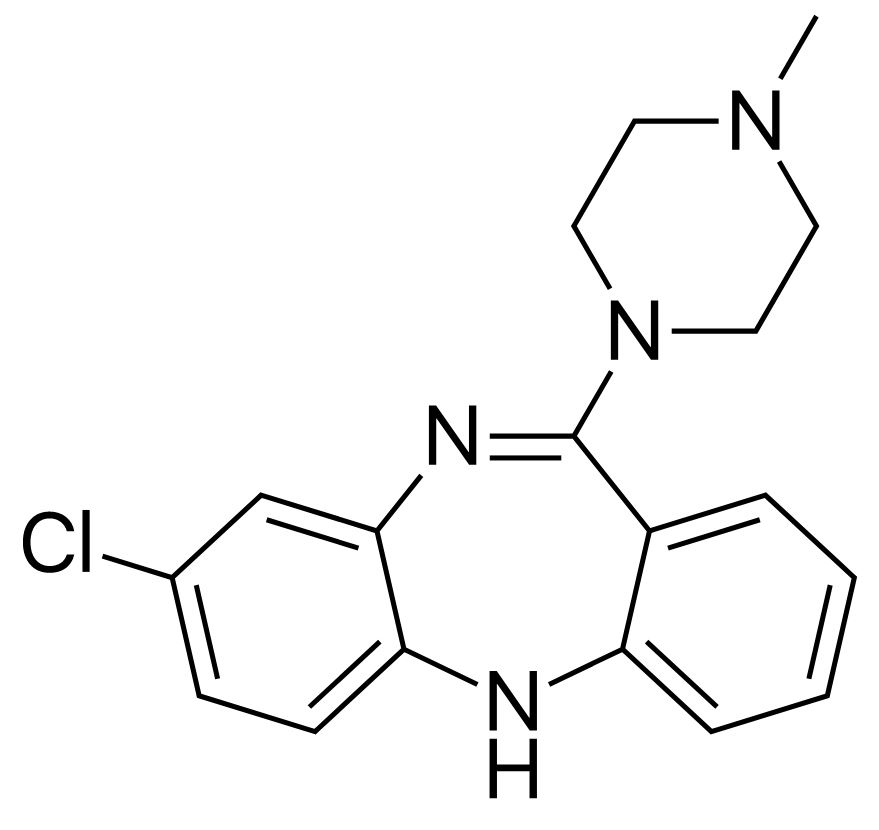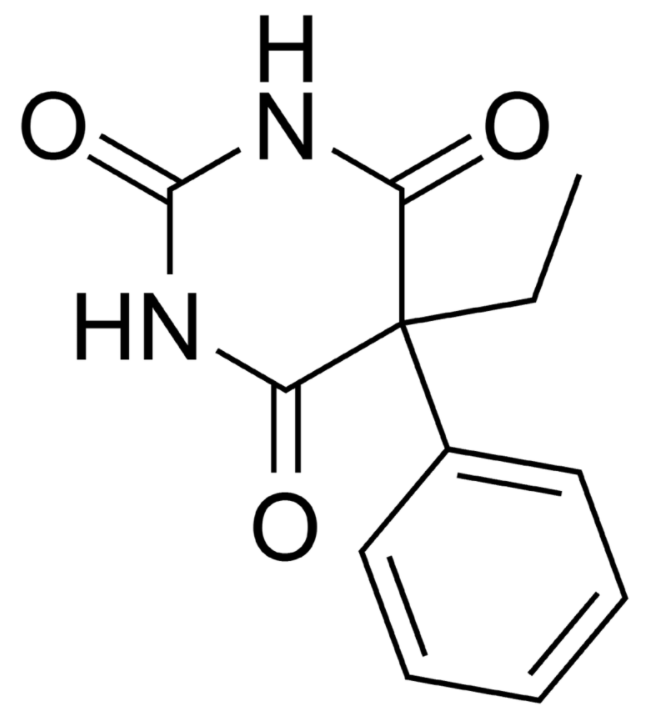Playlist
Show Playlist
Hide Playlist
Overview – Antiseizure Medications
-
Slides Antiseizure Medication CNS Pharmacology.pdf
-
Download Lecture Overview
00:00 Welcome to pharmacology by Lecturio. 00:04 We're going to cover today an overview of the seizure medications that we use in practice. 00:11 When we take a look at seizure control, we have to look at it in terms of the principles of therapy. 00:16 behind each type of medication. 00:18 We have many points of entry that we can use to control seizures. 00:23 The first and probably the most obvious of which is the sodium channels. 00:27 We can block the sodium channels with different medications. 00:30 Now remember that sodium channel blockade can be a rate dependent phenomenon, or it can prolong your refractory periods. 00:38 So there's a very nice way of reducing the hyper excitability of the synaptic cleft that we see in seizures. 00:46 Now, many drugs act on the sodium channel. 00:49 Drugs like phenytoin, or drugs like carbamazepine, even lamotrigine are sodium channel active agents. 00:57 Most of the sodium channels are on the postsynaptic membrane, but there may be relevant sodium channels on the presynaptic membrane that is being acted upon by some of these drugs. 01:20 The other way that we act on these synaptic cleft is acting on the GABA A activity. 01:26 Now, that is the chloride channel. 01:28 It also is quite important in membrane depolarization. 01:31 Benzodiazepines increase the frequency of opening through which chloride travels through the channel, and barbituates increase the duration through which these agents are traveling through the channel. 01:45 So here's a picture a beautiful picture of a GABA receptor. 01:48 And you can see that it's made up of several subunits. 01:51 there is a Gamma subunit, there's an alpha subunit, and that spans across the membrane so there is an extracellular component and there is an intracellular component to the GABA receptor. 02:06 GABA itself will attach to certain areas on the receptor on the extracellular surface. 02:12 So you can see there that we've outlined two areas where GABA can attach. 02:16 The benzodiazepines attach between two of the units of the GABA receptor. 02:22 Flumazenil interacts right next to it Flumazenil remember, is an antidote to benzodiazepine overdose. 02:29 And there's one other drug called zolpidem, which actually interacts in an area very close to the other benzodiazepines, but not quite at the same area. 02:40 Finally, the barbituates act inside the membrane on a different area. 02:46 Now, these all act with relative effectiveness in moving chloride into the cell. 02:54 They act slightly differently in terms of how the chloride is being moved in. 02:59 We potentiate GABA by increasing the activity of that GABA. 03:04 So we can use drugs like topiramate or valproic acid. 03:10 Now, up until now, I've been talking about increasing the activity of GABA. 03:15 But what about potentiating the activity of GABA in a different way. 03:19 So get one inactivation prolongs the action of GABA in the synaptic cleft. 03:26 This results in more activity of GABA, so you have less neuronal activity, that is, you have increased inhibition. 03:32 Calcium channel blockade is another way that we affect the synaptic cleft, and neurological transmission. 03:40 This is a rate dependent type of control. 03:43 You get a prolonged refractory period of the membrane. 03:48 An example of this is Ethosuximide, which works on the T-type calcium channel, mostly found on the postsynaptic membrane. 03:57 Valproic acid also works on this T-type channel. 04:02 Gabapentin works on the alpha-delta subunit of the presynaptic calcium channel. 04:10 Whereas, it's a related drug pregabalin also sold as Lyrica works on the alpha subunit. 04:17 So there you can see several areas where calcium channels are particularly relevant both on the presynaptic terminal button and on the postsynaptic membrane itself. 04:28 Finally, we have Potassium channel activation. 04:31 This can occur on the presynaptic terminal button or on the postsynaptic channel. 04:38 This causes membrane hyperpolarization, so you get a prolonged refractory period. 04:44 An example of this kind of medication is Retigabine. 04:50 Valproic acid may also act on these potassium channels. 04:54 We can't really be too sure, but we think that this is a particularly useful way for valproic acid to interact with the different membranes. 05:04 Okay, there you have it. That's an overview. 05:07 We're going to go over each of these drugs in a little bit more detail. 05:10 But I hope that maybe this overview will put into perspective all of the drugs that we use and seizure control.
About the Lecture
The lecture Overview – Antiseizure Medications by Pravin Shukle, MD is from the course CNS - Pharmacology.
Included Quiz Questions
What most accurately describes the mechanism of action of tiagabine on gamma-aminobutyric acid (GABA)?
- Inhibition of GAT-1
- GABA-A receptor agonist
- GABA-B receptor antagonist
- GABA-A receptor antagonist
- GABA-B receptor agonist
Which of the following anti-seizure medications exerts its effect by blocking T-type calcium channels?
- Ethosuximide
- Tiagabine
- Retigabine
- Phenytoin
- Phenobarbital
Both barbiturates and benzodiazepines (BDZ) work by affecting gamma-aminobutyric acid (GABA)-A activity on the chloride channel, but by different mechanisms. What best describes this difference?
- BDZ increases the frequency of opening, while barbiturates increase the duration of opening.
- BDZ increases the refractory period, while barbiturates decrease the reuptake of GABA.
- BDZ works via calcium channel blockade, while barbiturates work via potassium channel activation.
- BDZ works via increasing the release of GABA, while barbiturates decrease the reuptake of GABA.
- BDZ works via sodium channel blockade while barbiturates work via potassium channel activation.
Customer reviews
5,0 of 5 stars
| 5 Stars |
|
5 |
| 4 Stars |
|
0 |
| 3 Stars |
|
0 |
| 2 Stars |
|
0 |
| 1 Star |
|
0 |






